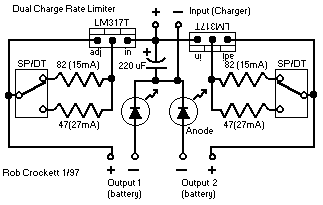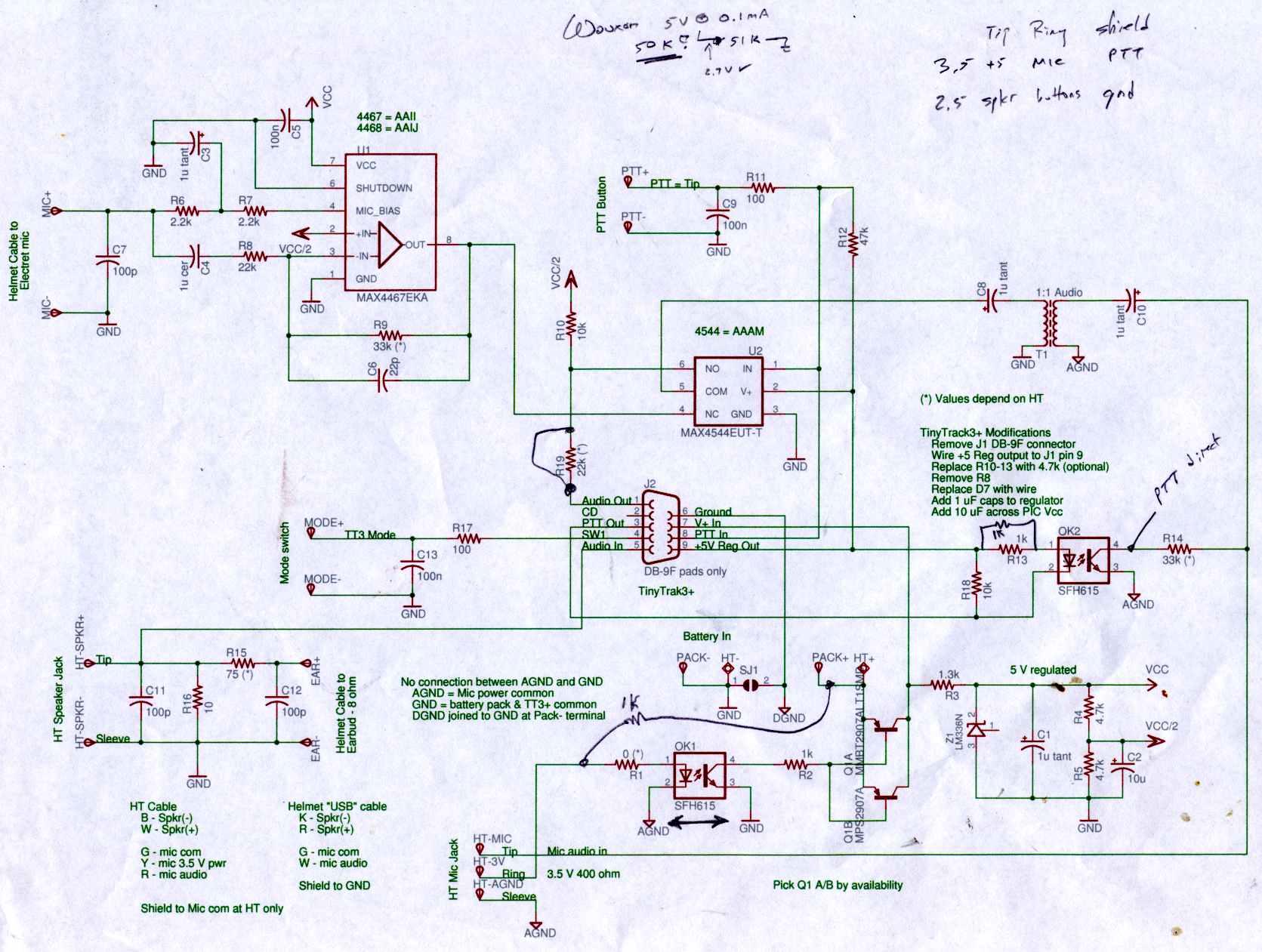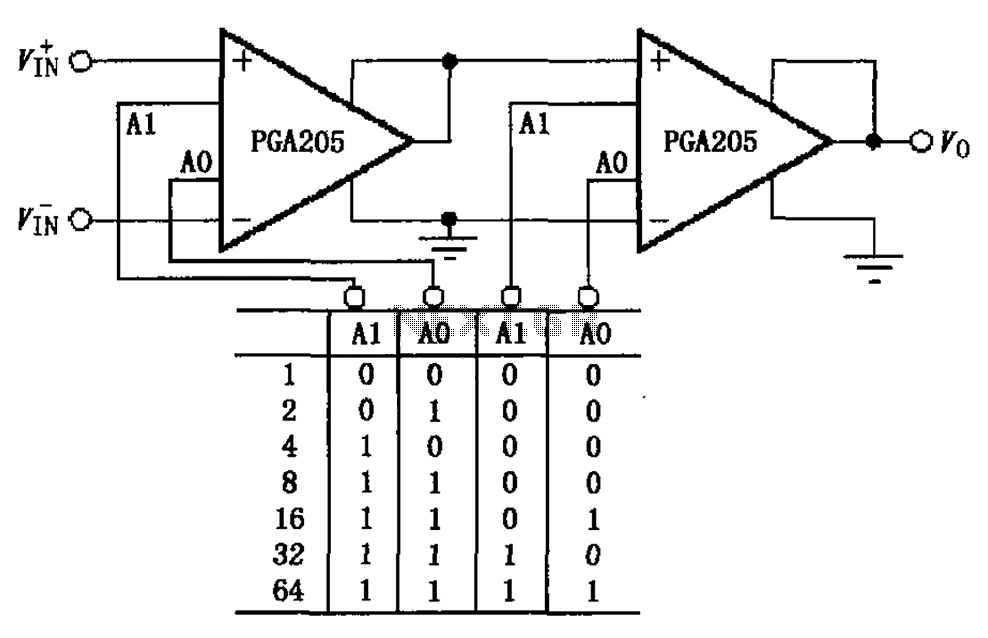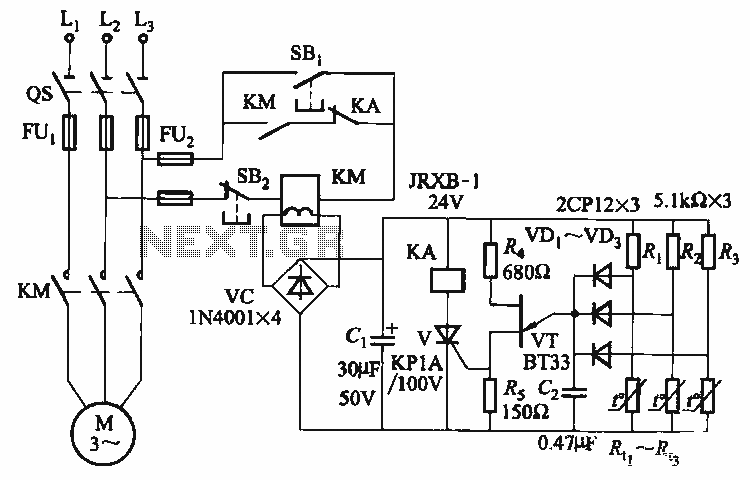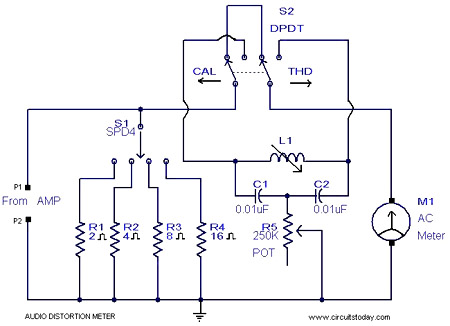
Seven-segment LED display circuit diagram of a counter
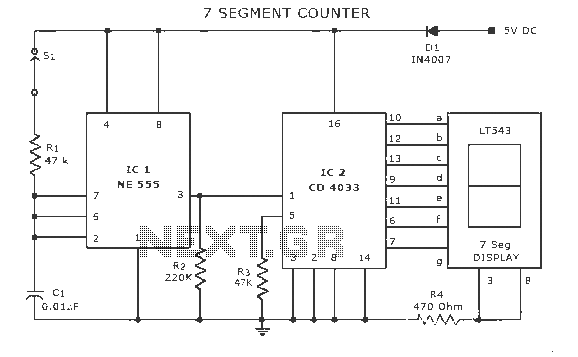
A display counter circuit is illustrated through a diagram featuring a seven-segment display controlled by the counter IC CD4033. This counter circuit is designed to visually represent incremental counts, enhancing its appeal for integration into various applications. An astable multivibrator using the IC 555 is connected to the CD4033. For each trigger pulse received, the CD4033 increments the count. The current count is displayed on a seven-segment LED display. A diode (LT543) is utilized in the circuit, along with switch S1, which serves to prevent accidental activation and mitigate risks associated with polarity inversion. A parts list and circuit diagram are provided. Additional circuits of interest include a static display for numbers 0-9, an up/down counter circuit, a digital timer circuit, a long-duration timer circuit, and a scoring circuit.
The display counter circuit employs the CD4033 integrated circuit, which is specifically designed for driving seven-segment displays. The IC counts up on each pulse received at its input pin, effectively converting the pulse frequency into a visual representation through the connected seven-segment display. The astable multivibrator circuit, constructed from the 555 timer IC, generates a continuous square wave signal that acts as the trigger for the CD4033. The frequency of this signal can be adjusted by modifying the resistor and capacitor values in the 555 timer configuration, allowing for control over the counting speed.
The seven-segment display consists of individual LEDs arranged to form digits from 0 to 9. Each segment of the display is activated by specific outputs from the CD4033, which correspond to the current count. The LT543 diode ensures that current flows in the correct direction, protecting the circuit from reverse polarity conditions that could potentially damage the components. The inclusion of switch S1 provides an additional layer of safety by allowing the user to disable the circuit when not in use, thereby preventing unintended counting or circuit activation.
This display counter circuit can be adapted for various applications, including educational demonstrations, digital timers, and scoring systems. The flexibility of the CD4033 and the astable multivibrator configuration makes it suitable for creating a range of counting and timing devices. The provided parts list and circuit diagrams facilitate easy replication and experimentation, enabling users to explore additional functionalities or modifications to enhance the circuit's performance.Display counter circuit Explanation Here is a circuit diagram of a seven-segment on the counter IC CD 4033. This counter circuit in which a counter to show the progress increased attractiveness for use with some of the various circuits. Astable multivibrator IC 555 wired northeast CD 4033.For each trigger pulse, CD 4033 CD 4033 count.The progress output seven segment LED display shows counting.Diode LT543.Switch S1 is used to prevent accidental starting of D1 polarity inversion risk.
Seven parts list and circuit diagrams. Some circuits, you might want to see. Displaying 1, the static 0-9 2, up / down counter circuit 3, a digital timer circuit 4, long duration timer circuit 5, scoring circuit.
The display counter circuit employs the CD4033 integrated circuit, which is specifically designed for driving seven-segment displays. The IC counts up on each pulse received at its input pin, effectively converting the pulse frequency into a visual representation through the connected seven-segment display. The astable multivibrator circuit, constructed from the 555 timer IC, generates a continuous square wave signal that acts as the trigger for the CD4033. The frequency of this signal can be adjusted by modifying the resistor and capacitor values in the 555 timer configuration, allowing for control over the counting speed.
The seven-segment display consists of individual LEDs arranged to form digits from 0 to 9. Each segment of the display is activated by specific outputs from the CD4033, which correspond to the current count. The LT543 diode ensures that current flows in the correct direction, protecting the circuit from reverse polarity conditions that could potentially damage the components. The inclusion of switch S1 provides an additional layer of safety by allowing the user to disable the circuit when not in use, thereby preventing unintended counting or circuit activation.
This display counter circuit can be adapted for various applications, including educational demonstrations, digital timers, and scoring systems. The flexibility of the CD4033 and the astable multivibrator configuration makes it suitable for creating a range of counting and timing devices. The provided parts list and circuit diagrams facilitate easy replication and experimentation, enabling users to explore additional functionalities or modifications to enhance the circuit's performance.Display counter circuit Explanation Here is a circuit diagram of a seven-segment on the counter IC CD 4033. This counter circuit in which a counter to show the progress increased attractiveness for use with some of the various circuits. Astable multivibrator IC 555 wired northeast CD 4033.For each trigger pulse, CD 4033 CD 4033 count.The progress output seven segment LED display shows counting.Diode LT543.Switch S1 is used to prevent accidental starting of D1 polarity inversion risk.
Seven parts list and circuit diagrams. Some circuits, you might want to see. Displaying 1, the static 0-9 2, up / down counter circuit 3, a digital timer circuit 4, long duration timer circuit 5, scoring circuit.

